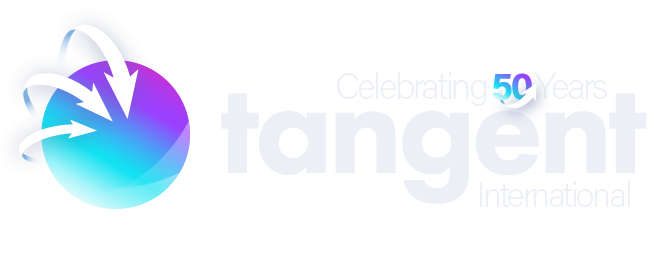Navigating the Future of Aerospace & Defence: Trends, Talent, and Hiring Hurdles.
October 16, 2024
Intro:
The Aerospace and Defence industry is navigating a period of change, driven by rapid technological innovation, shifting geopolitical landscapes, and an evolving workforce. As companies grasp advancements like AI, cybersecurity, and sustainable technologies, they also face challenges in attracting and retaining the right talent. Within this piece, I will explore key trends shaping the future of the A&D sector, the critical skills needed to stay competitive, and the hiring hurdles that companies must overcome to secure their place in this high-stakes, rapidly evolving industry.
Rising geopolitical tensions require the world to adapt quickly to an ever-evolving threatening environment. Both NATO and the EU have recognised the importance of working together to build the defence industrial base, with NATO’s Defence Production Action Plan providing an essential framework. UK industry must work with NATO allies to create a more resilient defence supply chain, with an increased production capacity.
The Defence sector is booming at the moment and has a real significance globally due to weapons stock depletion, and an increase in global defence spending due to rising geopolitical tensions across the globe, leaving the stage set for significant developments in years to come.
• Global Defence spending was $1.7 trillion in 2022. In terms of GDP, it grew from 2.3% to 2.4% of global GDP from 2022 to 2023.
2024 will also see the implementation of several exciting new developments in defence technology.
• Next-gen counter-drone systems.
• Investments in AI
• Soldier-assisting quadruped robotics.
• Space capabilities and missile defence
Talent
A&D companies are addressing workforce challenges due to a rising demand and changing workforce expectations.
• This is mainly driven by increasing salary levels, increased employee mobility, a re-evaluation of employee relationships with the workplace, and an intensely competitive job market.
These workforce issues could prove to be a significant pain point for A&D companies as they begin to scale production operations to meet growing demand across the industry.
• A&D companies are likely to face talent shortages. These shortages will hamper production demands and nations increasing their armament stockpiles.
Currently, the industry is struggling to attract talent, ranging from technicians and manufacturers to engineers.
• Competition from other sectors with digital skills can be drawn to digital jobs within a multitude of areas, including automotive (for example, the battery electric vehicle and autonomous vehicle segments) and life sciences (medical technology, and biotechnology).
Developing & Retaining Talent
Regularly working with clients in the space opens up your eyes to regular challenges they face in the sector when it comes to developing and also retaining talent. Many A&D organisations I work with have high requirements and expectations for their employees, including specific educational criteria and security clearances. Personally, I feel there should be more of a laser focus on retaining talent, especially with the increasing number of retirees and a lack of youthful talent coming through the ranks.
Please see below some points we advise our customers on to improve retention of employees within their business:
• Due to the competitive state of the job market, it is important for the industry to retain highly qualified workers.
• A&D companies are using compensation and flexible work arrangements to enhance retention.
• Implementing emerging technology can help not only address profit margins, but also motivate a workforce. This might include tech-based rotational programs or designated time to pursue passion projects within the company.
With an increasing number of retirements and an aging workforce (26% of the A&D workforce is over the age of 55), the industry should train younger professionals for long-term sustainable operations and security.
• Companies can upskill their workforce by developing more learning avenues in alignment with the technological evolution within the industry.
Expanding internships, apprenticeships, and other career development initiatives; and furthering research agreements with tier one research universities may be some ideas to help this growing problem.

All content copyrighted Tangent International © All rights reserved. Recruitment Website Design - RecWebs
